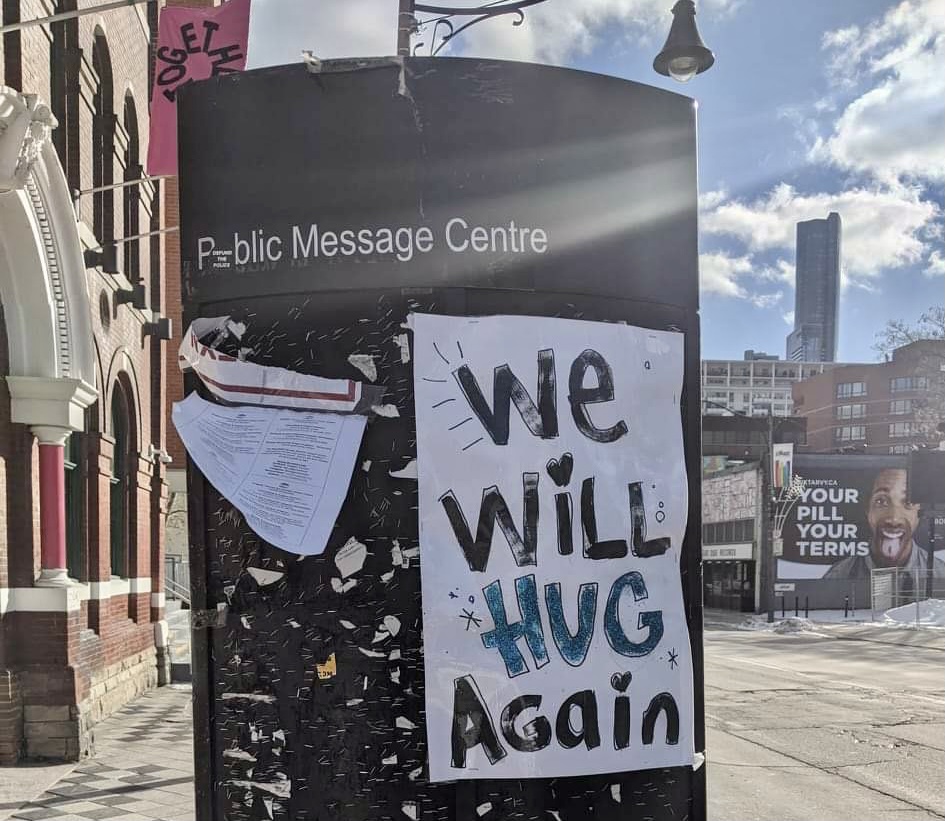Ontario has officially entered the third wave of the COVID-19 pandemic, as Chief Medical Health Officer Dr. David Williams announced on Thursday, March 18.
The announcement came after Ontario hit over 1,500 cases two days in a row. As of Sunday, March 21, Ontario is reporting 1,791 new cases. Of the new cases, 495 of them are in Toronto, 350 in Peel, 177 in York Region, and 106 are in Durham.
“We are in the third wave. It is just a matter of what kind of wave is it?” said Williams in his address.
Though Williams officially made the declaration on Thursday, the Ontario Hospital Association (OHA) declared a third wave as early as Monday, March 15, stating that many parts of the province are seeing “exponential growth” — a statement that is supported by the Ontario COVID-19 Science Advisory Table.
With Ontario currently seeing total case numbers hit a mark of 332,119 and resolved cases hitting 309,849 (at the time of publication), the province is seeing its highest active case load since February 11.
To the dismay of many, the advisory table is also suggesting a strict three-week lockdown for many parts of the province, in order to inhibit further spread. Without the lockdown, the table suggests that Ontario could be seeing an astonishing 2,500 to 5,000 cases per day in just a few weeks.
“I’m really hoping that we can avoid another lockdown. I understand it helps bring cases down, but being inside and not being able to really go anywhere definitely takes a toll on everyones’ mental health,” says Erik Blake, a second-year business economics student.
Dr. Peter Juni, scientific director of the table, states that the lockdown would predominantly target the Golden Horseshoe, and that “early and hard” measures could “cut down the length of closures from months to weeks, giving the province enough time to vaccinate a significant portion of the population.”
As of recently, however, Ontario has laxed restrictions on dining, allowing for 50 per cent indoor capacity in the red and orange zone, as well as outdoor patios being permitted to open in grey zones.
If this decision seems confusing to you amidst the numbers we are seeing, you are not alone. Dr. Andrew Morris, medical director of the Sinai Health System-University Health Network’s antimicrobial stewardship program, called Ford’s decision to increase indoor restaurant capacity in two colour-coded zones “baffling,” according to CP24.
“I think the message that the government and the media are sending is confusing. On one end we are seeing high case numbers again, yet restrictions on things like restaurants are also being relaxed. I feel it sends very mixed signals,” says Ryan Singh, a first-year computer science student.
The spike in numbers continues to push the healthcare system to its limits. In Toronto, at the time of publication, there are 765 people in the hospital due to COVID-19, 302 of which are being treated in intensive care, while 189 require the assistance of a ventilator for breathing.
The uptick in numbers is being driven by the highly infectious B.1.1.7 variant. In fact, variants now make up 54 per cent of all COVID-19 cases in the province.
What’s more is that medical consensus is now growing to support the fact that the variant may be particularly threatening for younger populations.
“We’re at a real risk right now of the variants of concern taking off, and that prime age group of 40 to 75 being hit really hard by this wave, particularly with the variants being more likely to cause serious illness that requires more hospitalization,” said Dr. Brooks Fallis, a critical care physician in the Peel Region, in a statement to CBC.
On the vaccination front, progress is being made. We are close to seeing the end of Phase 1, which vaccinated adults over 80, chronic home care recipients, First Nations peoples, and health care workers. Phase 2, beginning in April, will target those who cannot work from home, adults aged between 60 to 79, and those in shelters or community living arrangements.
Inoculation remains a challenge however, as efforts to reach necessary populations face the challenges posed by the variants.
What the future holds in terms of the pandemic may appear unpredictable, but it is important that we remain as optimistic as possible and follow the regulations put in place by health officials.


